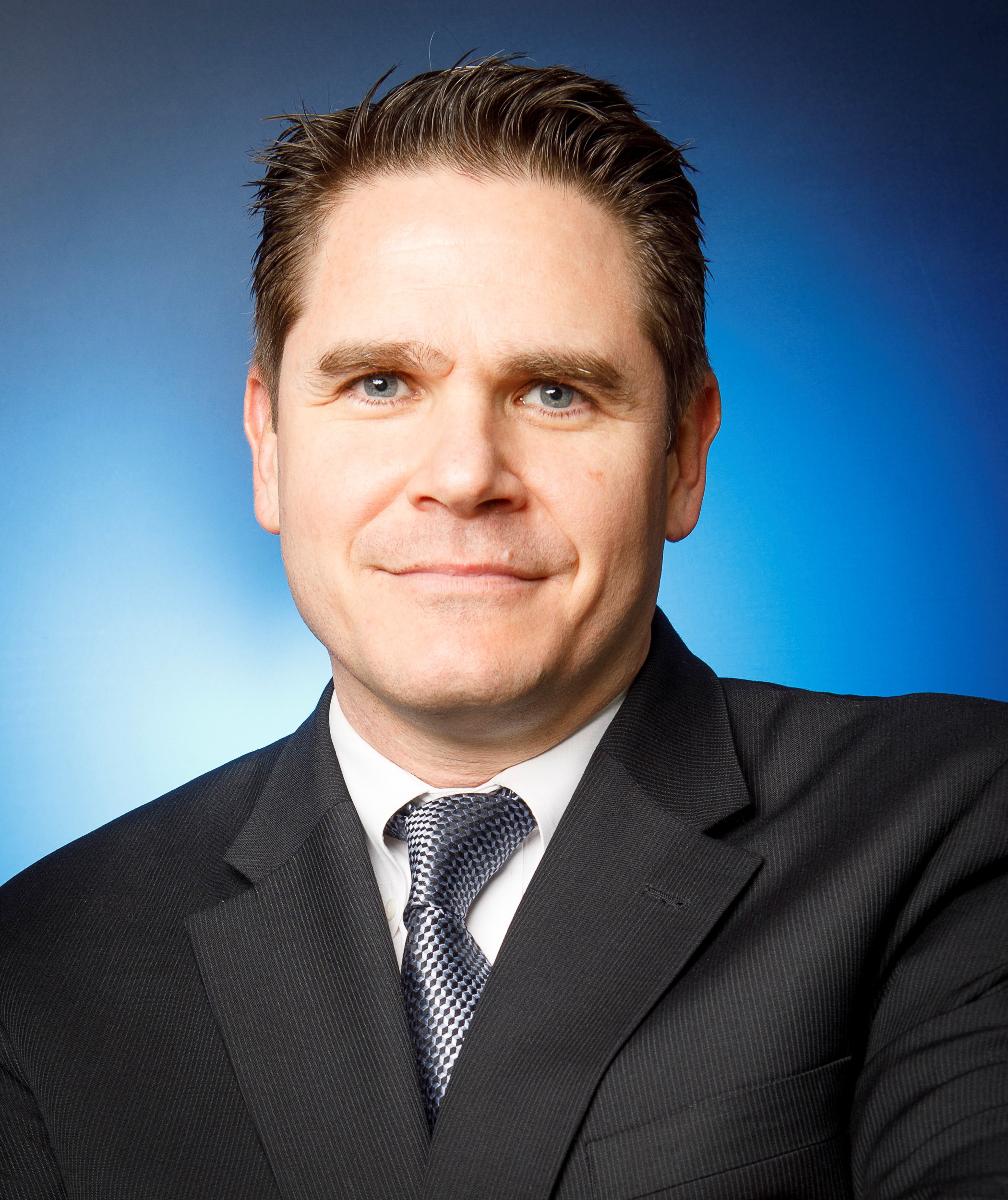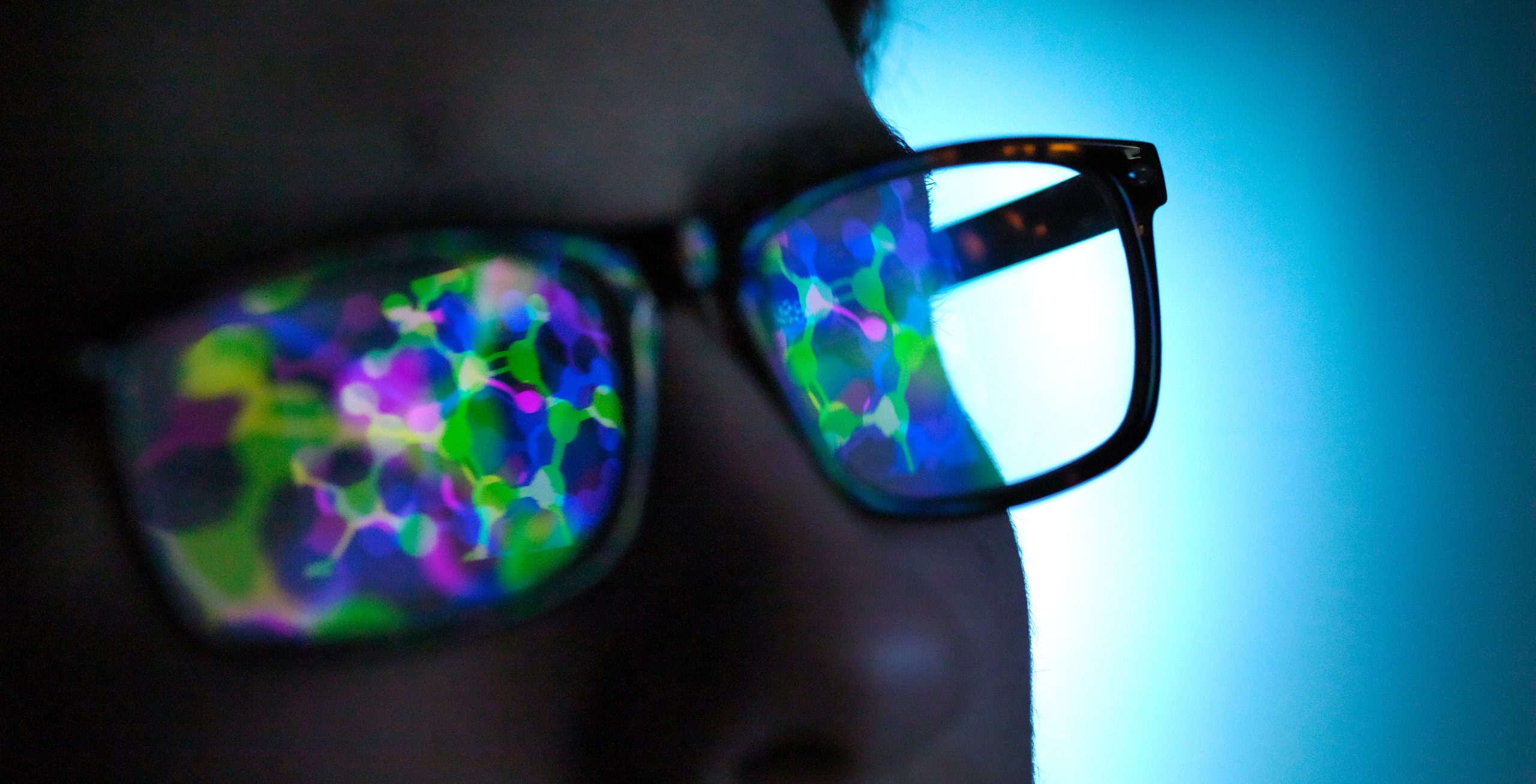The COVID-19 pandemic accelerated several trends that were already in motion, including digital transformation and remote work. Looking ahead, how can companies take their “working from anywhere” successes to the next level and create a work environment where everyone can collaborate seamlessly, regardless of where they’re located physically — or in a time continuum?
It requires an “underlying digital fabric” that binds the organization together, says Jared Spataro, Corporate Vice President of Modern Work at Microsoft. As he explained in a recent interview with VISION by Protiviti, that statement is not visionary. The reality, Spataro says, is that companies need to figure out the answer to this challenging question very soon: “How do we connect everybody from our frontline workers all the way up to the executive suite, so that we’re operating together?”
But the highly connected future of work isn’t just about people using more and better technology tools. It’s also about enabling a digital presence that is very human. Spataro explains: “Presence, and how we project our presence to each other and share presence, is going to be become increasingly mediated digitally … [and] we’ll be able to create connections — new connections we’ve never had — and it will be that human connection that drives things.”
Spataro predicts that in the workplace of 2035, “we’ll see the ability to project ourselves — our presence — into all sorts of physical and digital spaces.” And, he says, we can look back to the COVID-19 era and all of its disruption and think, “It started in 2020, with lowly videoconferencing.”
For more insights from Microsoft’s Jared Spataro, including how the use of mixed-reality capabilities like metaverses is likely to unfold in business, watch our full interview on VISION by Protiviti. Read additional blog posts on The Protiviti View related to Digital.
Subscribe to the VISION by Protiviti newsletter.





